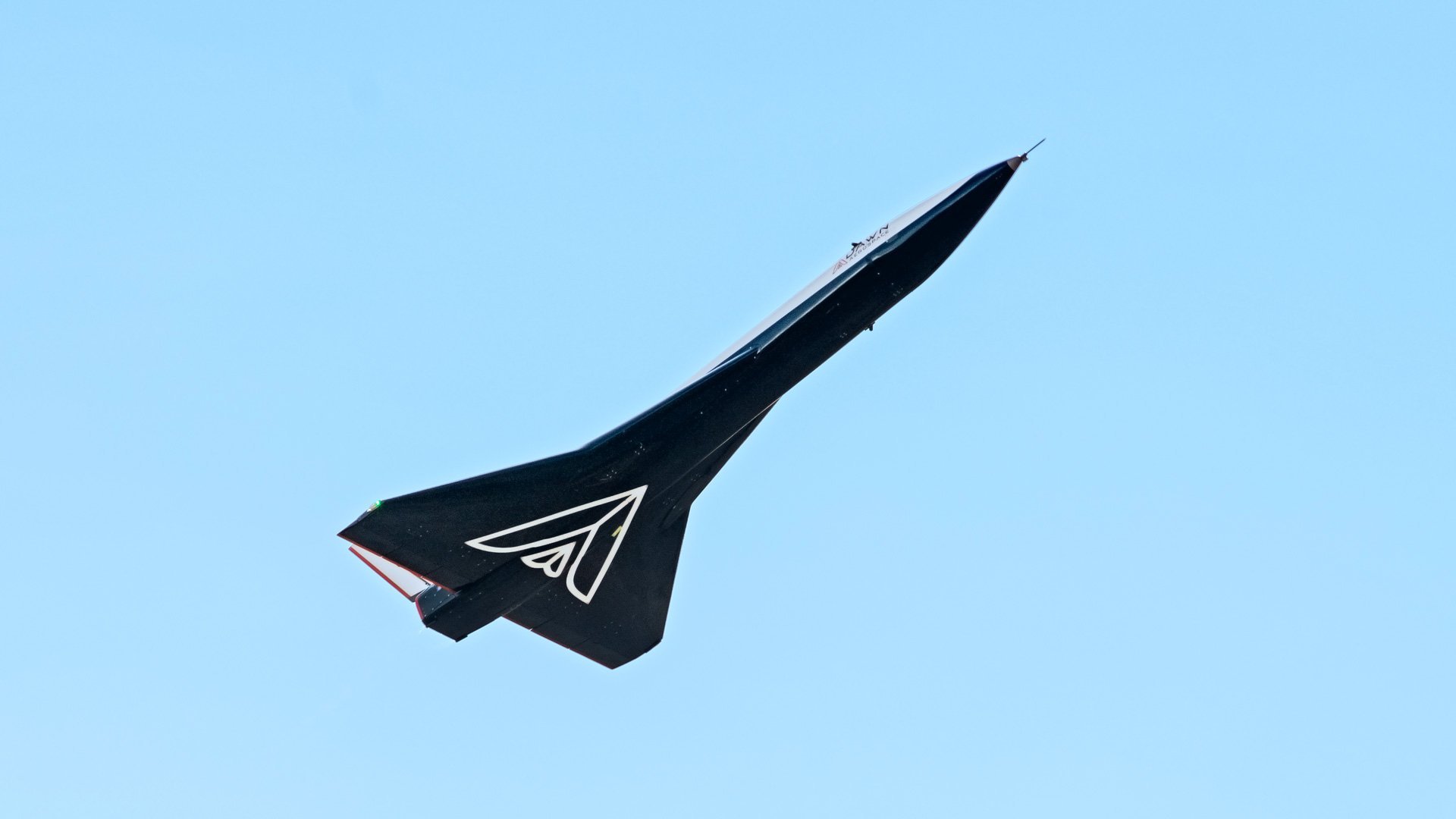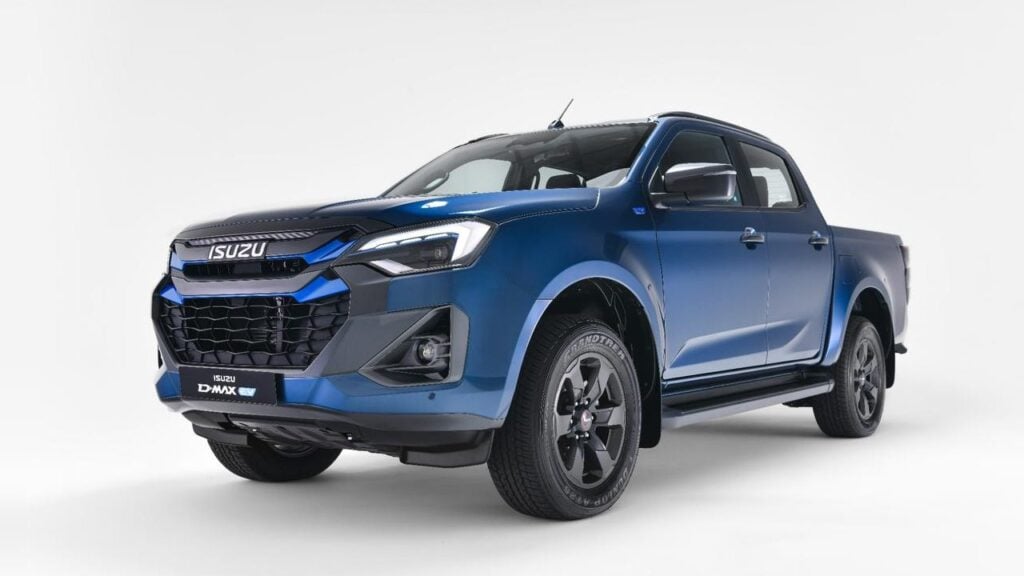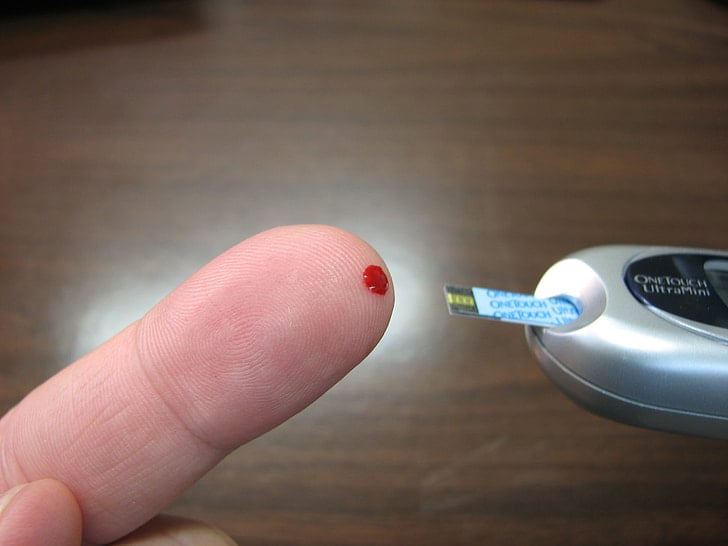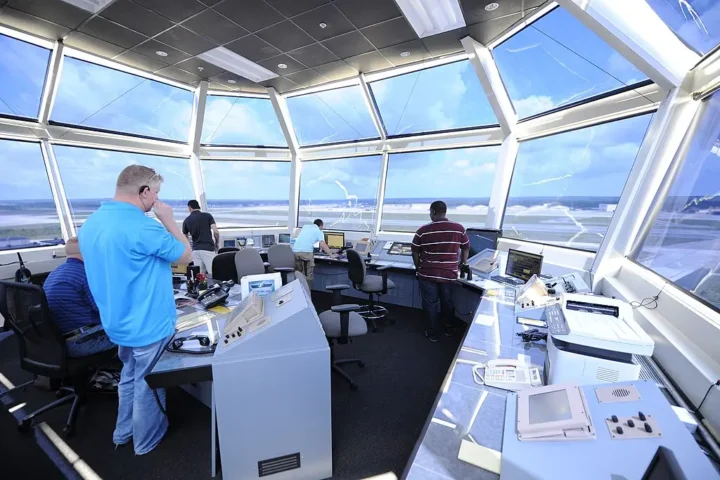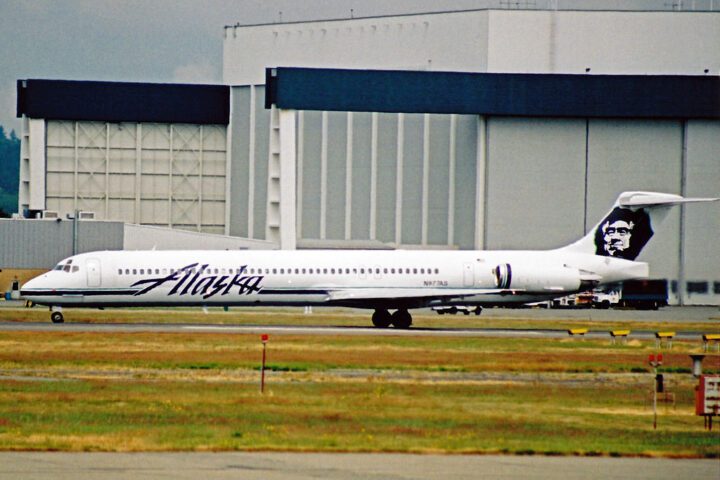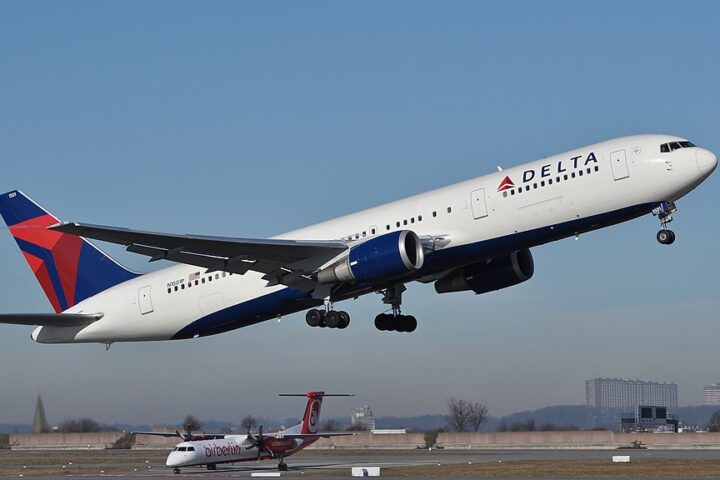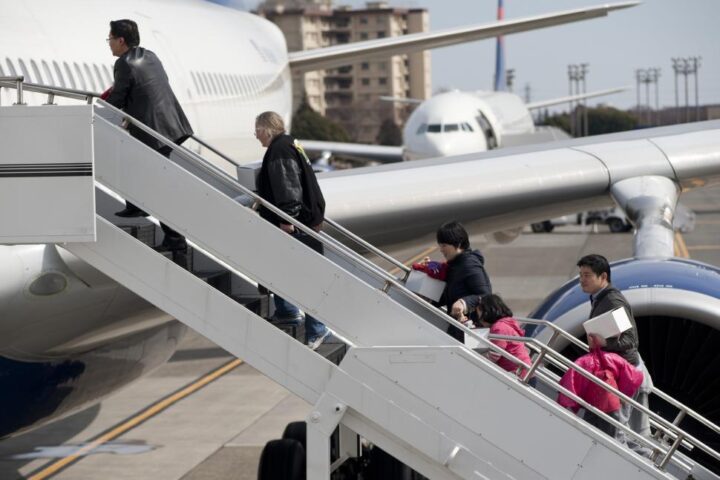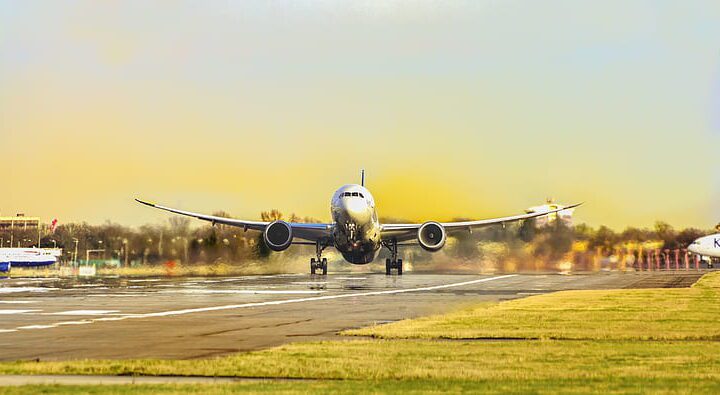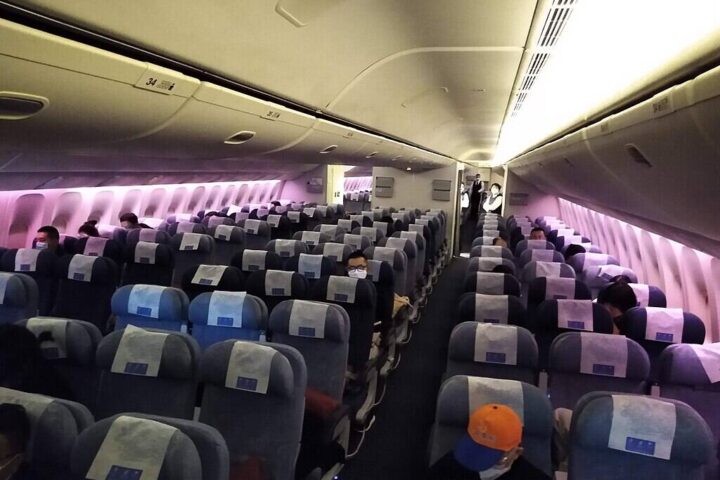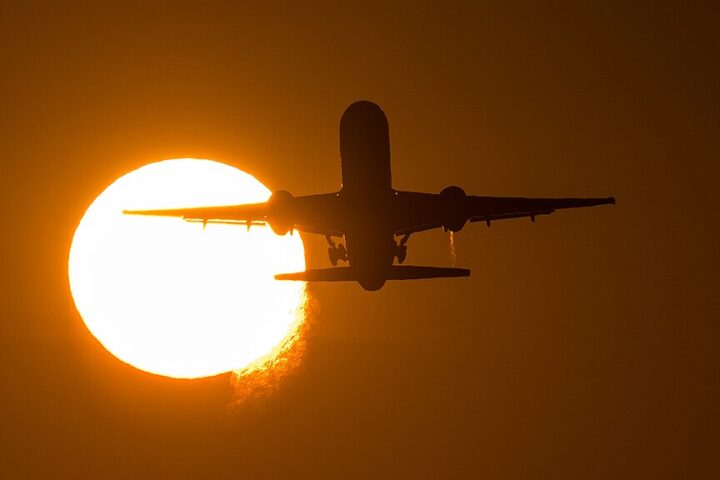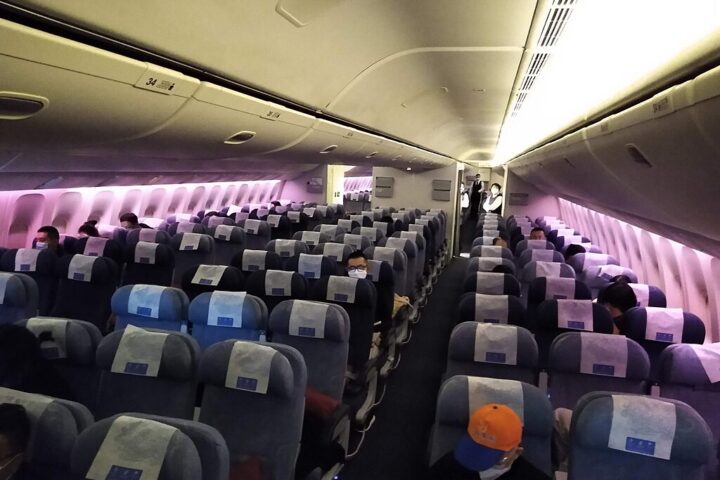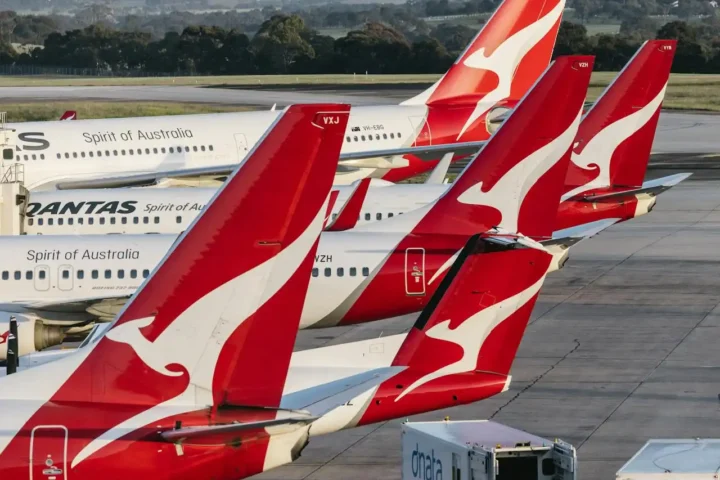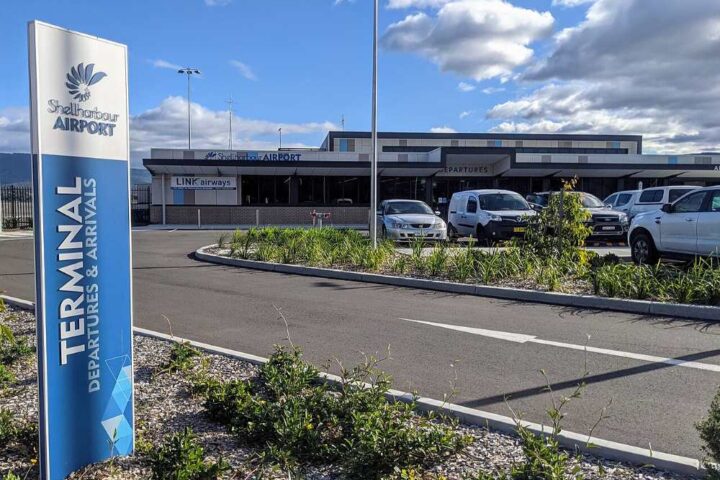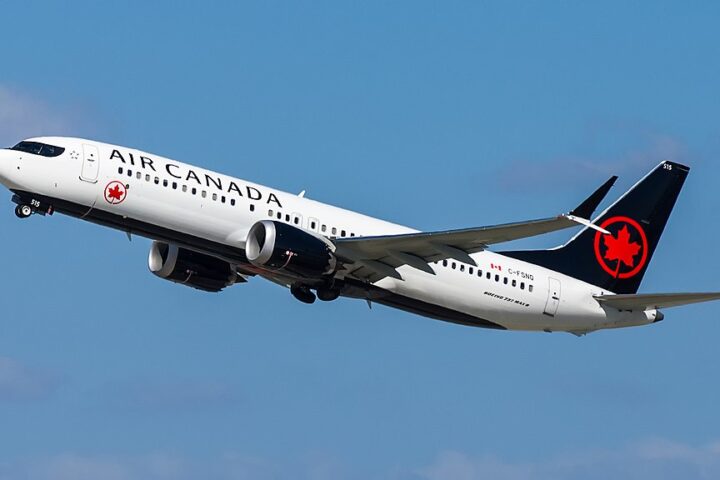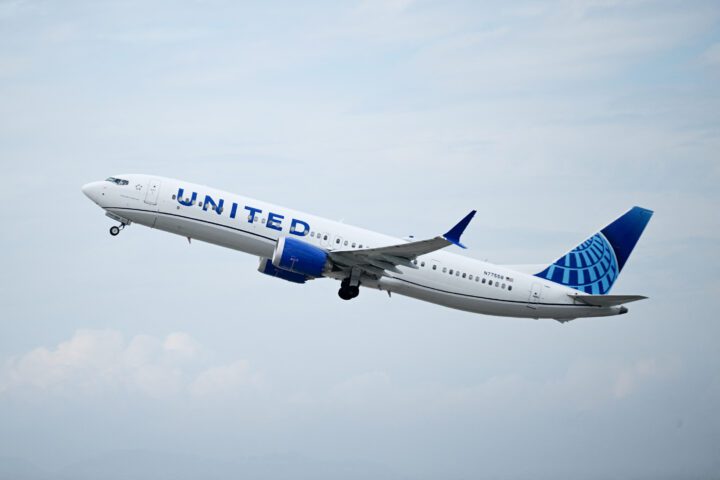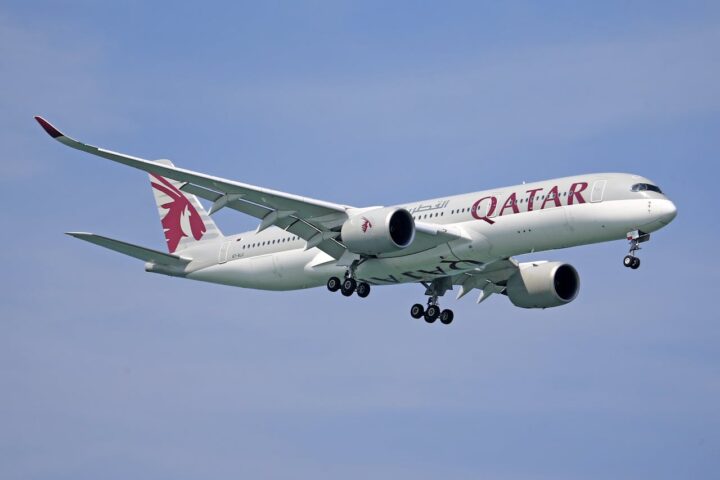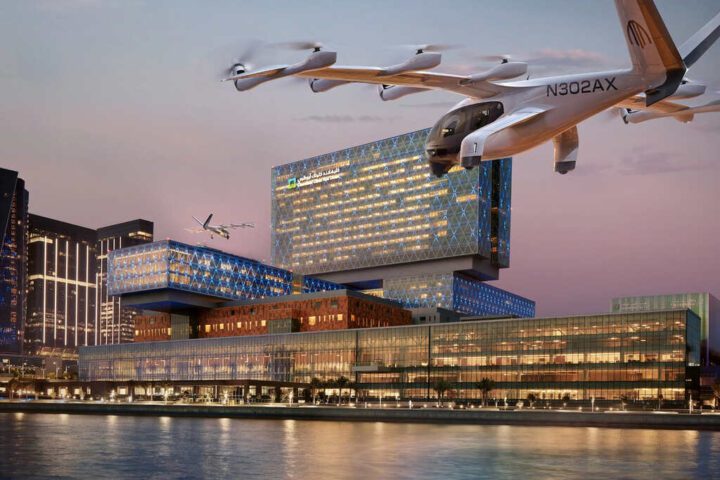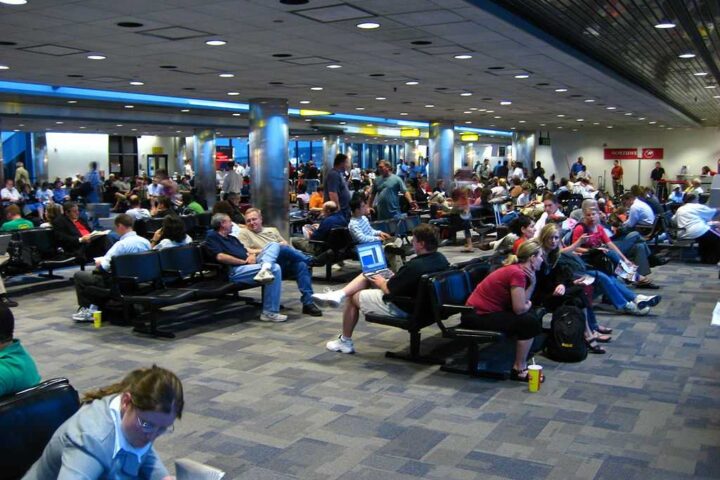Dawn Aerospace has started taking orders for its Aurora spaceplane, marking the first time a space-capable vehicle designed to fly beyond the Kármán line (100 km) has been offered for direct sale to customers. The New Zealand company expects to deliver the first Auroras in 2027.
The Aurora takes off and lands from standard runways like a normal aircraft but can fly beyond the Kármán line – the 100 km altitude boundary that marks the edge of space.
“For the first time, customers have the opportunity to own an aircraft capable of reaching the edge of space,” said Stefan Powell, CEO of Dawn Aerospace. “It’s been over a century since commercial airlines began—now it’s time to launch the first spaceline.”
Dawn Aerospace is following the commercial aviation model by selling the vehicles to customers who will operate them, rather than flying the spaceplanes themselves and selling tickets. Powell believes this approach will make space access more scalable.
During its 57th test flight in November 2024, Aurora reached Mach 1.12 and an altitude of 25.1 km, breaking a 50-year-old record previously held by the F-15 Streak Eagle for fastest climb above 20 km.
The Aurora weighs 450 kilograms when fully loaded and can take off from runways as short as 1,000 meters. Its bi-propellant rocket engine uses hydrogen peroxide and kerosene to reach speeds of Mach 3.5 (about 2,270 mph). Each flight lasts approximately 30 minutes and provides up to three minutes of microgravity.
Similar Posts
What makes Aurora particularly revolutionary is its rapid reusability. The spaceplane can be refueled and ready for another flight in under four hours. “That would make the first aircraft ever — the first vehicle of any kind, actually — to fly above the Kármán Line twice in one day,” Powell said.
The Aurora can carry payloads up to 10 kilograms, suitable for microgravity research in life sciences and semiconductor development, defense applications, and testing equipment in near-space conditions.
While the company hasn’t disclosed pricing, Powell suggested a per-flight cost of around $100,000 is “absolutely tenable.” With each vehicle designed to fly up to 1,000 times, the potential revenue per spaceplane could reach $100 million.
Three universities and Scout Space, a company developing space domain awareness services, have already signed up for test flights of earlier Aurora versions.
The spaceplane’s ability to operate from standard runways could benefit many spaceports that currently sit unused or underused.
“With a small, reusable system that can operate from a standard runway, there’s no reason why any spaceport with a runway couldn’t provide regular access to space,” said George Nield, chairman of the Global Spaceport Alliance.
Dawn Aerospace’s vehicles are certified under New Zealand’s aviation and space regulations, allowing flight beyond 60,000 feet. The company is now coordinating with early customers from research, commercial, and government sectors for the first deliveries.
